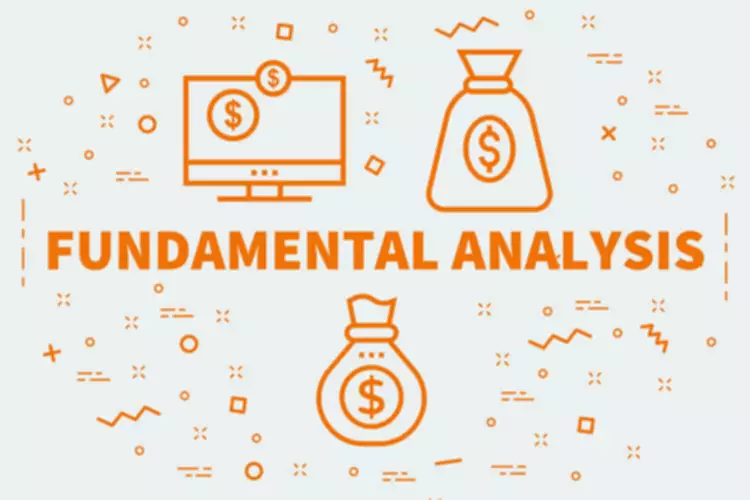Content

A present value of 1 table states the present value discount rates that are used for various combinations of interest rates and time periods. A discount rate selected from this table is then multiplied by a cash sum to be received at a future date, to arrive at its present value. The interest rate selected in the table can be based on the current amount the investor is obtaining from other investments, the corporate cost of capital, or some other measure. Interest is the additional amount of money gained between the beginning and the end of a time period.
- For example, annuity payments scheduled to payout in the next five years are worth more than an annuity that pays out in the next 25 years.
- Financial ModelingFinancial modeling refers to the use of excel-based models to reflect a company’s projected financial performance.
- Email or call our representatives to find the worth of these more complex annuity payment types.
- With Present Value under uncertainty, future dividends are replaced by their conditional expectation.
- That means that the value of today’s money is not the same as its value a year from now.
- Just as we calculate the present value of future income, we can also calculate the future value of current income.
Once you know these three variables, you can plug them into the appropriate equation. If the problem doesn’t say otherwise, it’s safe to assume the interest compounds. If you happen to be using a program like Excel, the interest is compounded in the PV formula.
Present Value Calculator – NPV
If your discount rate assumes a particularly compounding frequency, then you’ll want to pick from the below list the one that matches. Calculate the current value of a future stream of payments or investments. The present value, also known as the present discounted value uses an input known as the «discount rate.» We express the discount rate as a percentage, and it is used to calculate the PV.
Should a 70 year old buy an annuity?
Investing in an income annuity should be considered as part of an overall strategy that includes growth assets that can help offset inflation throughout your lifetime. Most financial advisors will tell you that the best age for starting an income annuity is between 70 and 75, which allows for the maximum payout.
If, for example, you were given a certificate for $100 of free gasoline in 1990, you could have bought a lot more gallons of gas than you could have if you were given $100 of free gas a decade later. On the other hand, if you don’t think you could earn more than 9% in the next year by investing the money, then you should take the future payment of $1,100 – as long as you trust the person to pay you then. A perpetuity is an annuity in which the constant periodic payments continue indefinitely. Except for government bonds where risk is less and expected returns are given, no other investment can provide exact present value.
How do I distinguish between future value and present value problems?
We’ll discuss PV calculations that solve for the present value, the implicit interest rate, and/or the length of time between the present and future amounts. The discount rate is typically the interest rate or the guaranteed rate of return that you can get on an alternative investment. The discount rate is used to calculate the present value of an asset, over and above the opportunity cost of the investment–the next best option. It’s called the discount rate as it discounts the future value of money to make it comparable to money in the present. Many websites, including Annuity.org, offer online calculators to help you find the present value of your annuity or structured settlement payments.

As stated earlier, calculating present value involves making an assumption that a rate of return could be earned on the funds over the time period. In the discussion above, we looked at one investment over the course of one year. Present value is calculated by taking the expected cash flows of an investment and discounting them to the present day. One way to tell if you’re looking at a future value or present value problem is to look at how many times the interest rate is being applied. In the future value example illustrated above, the interest rate was applied once because the investment was compounded annually.
Calculating Present Value
The present value of a single amount is an investment that will be worth a specific sum in the future. For example, if you invest $1,000 today at an interest rate of 12%, it’ll be worth $2,000 in 5 years. For example, suppose you want to know what interest rate (compounded semi-annually) you need to earn in order to accumulate $10,000 at the end of 3 years, with an investment of $7,049.60 today. Always keep in mind that the results are not 100% accurate since it’s based on assumptions about the future.
How much does a $500000 annuity pay per month?
A 500,000-dollar annuity would pay you approximately $2,396 each month for the rest of your life if you purchased the annuity at age 65 and began taking payments immediately.
That it is not necessary to account for price inflation, or alternatively, that the cost of inflation is incorporated into the interest rate; see Inflation-indexed bond. The interpretation is that for https://www.bookstime.com/ an effective annual interest rate of 10%, an individual would be indifferent to receiving $1000 in five years, or $620.92 today. For example, $100 promised two years from now might be worth $90 today.
Therefore, the present value of five $1,000 structured settlement payments is worth roughly $3,790.75 when a 10 percent discount rate is applied. According to the Internal Revenue Service, most present value of a single amount states require factoring companies to disclose discount rates and present value during the transaction process. The project claims to return the initial outlay, as well as some surplus .

